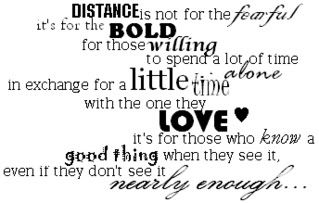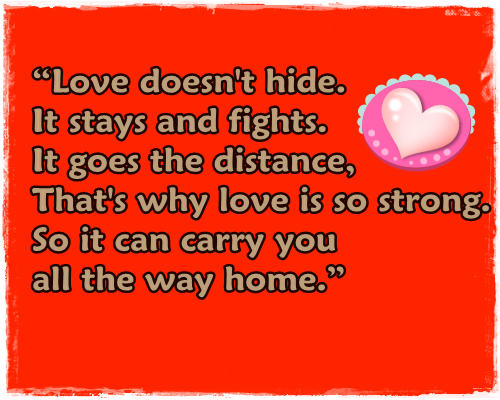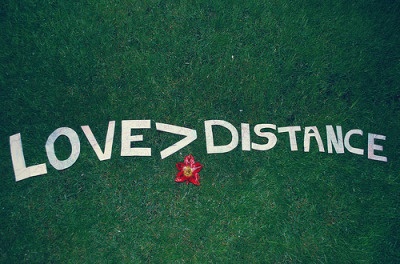Quotation marks are written as a pair of opening and closing marks in either of two styles: single ('…') or double ("…"). Opening and closing quotation marks may be identical in form (called neutral, vertical, straight, typewriter or "dumb" quotation marks), or may be distinctly left-handed and right-handed (typographic or, colloquially, curly quotation marks). Typographic quotation marks are usually used in manuscript and typeset text. Because typewriter and computer keyboards lack keys to directly enter typographic quotation marks, much typed writing has neutral quotation marks. The "smart quotes" feature in some computer software can convert neutral quotation marks to typographic ones, but sometimes imperfectly.
The closing single quotation mark is identical or similar in form to the apostrophe and similar to the prime symbol. However, these three characters have quite different purposes. The double quotation mark is similar to, and often used to represent, the ditto mark.

#long distance love
500 × 333 - 123k - jpg
imagequotes.tumblr.com
Quotes I Love
400 × 280 - 6k - jpg
pinterest.com

#long distance love
500 × 333 - 123k - jpg
imagequotes.tumblr.com
Quotes I Love
400 × 280 - 6k - jpg
pinterest.com
#long distance love
500 × 333 - 123k - jpg
The closing single quotation mark is identical or similar in form to the apostrophe and similar to the prime symbol. However, these three characters have quite different purposes. The double quotation mark is similar to, and often used to represent, the ditto mark.
#long distance love
500 × 333 - 123k - jpg
imagequotes.tumblr.com
Quotes I Love
400 × 280 - 6k - jpg
pinterest.com

#long distance love
500 × 333 - 123k - jpg
imagequotes.tumblr.com
Quotes I Love
400 × 280 - 6k - jpg
pinterest.com
#long distance love
500 × 333 - 123k - jpg
Subscribe to:
Post Comments (Atom)



















No comments:
Post a Comment